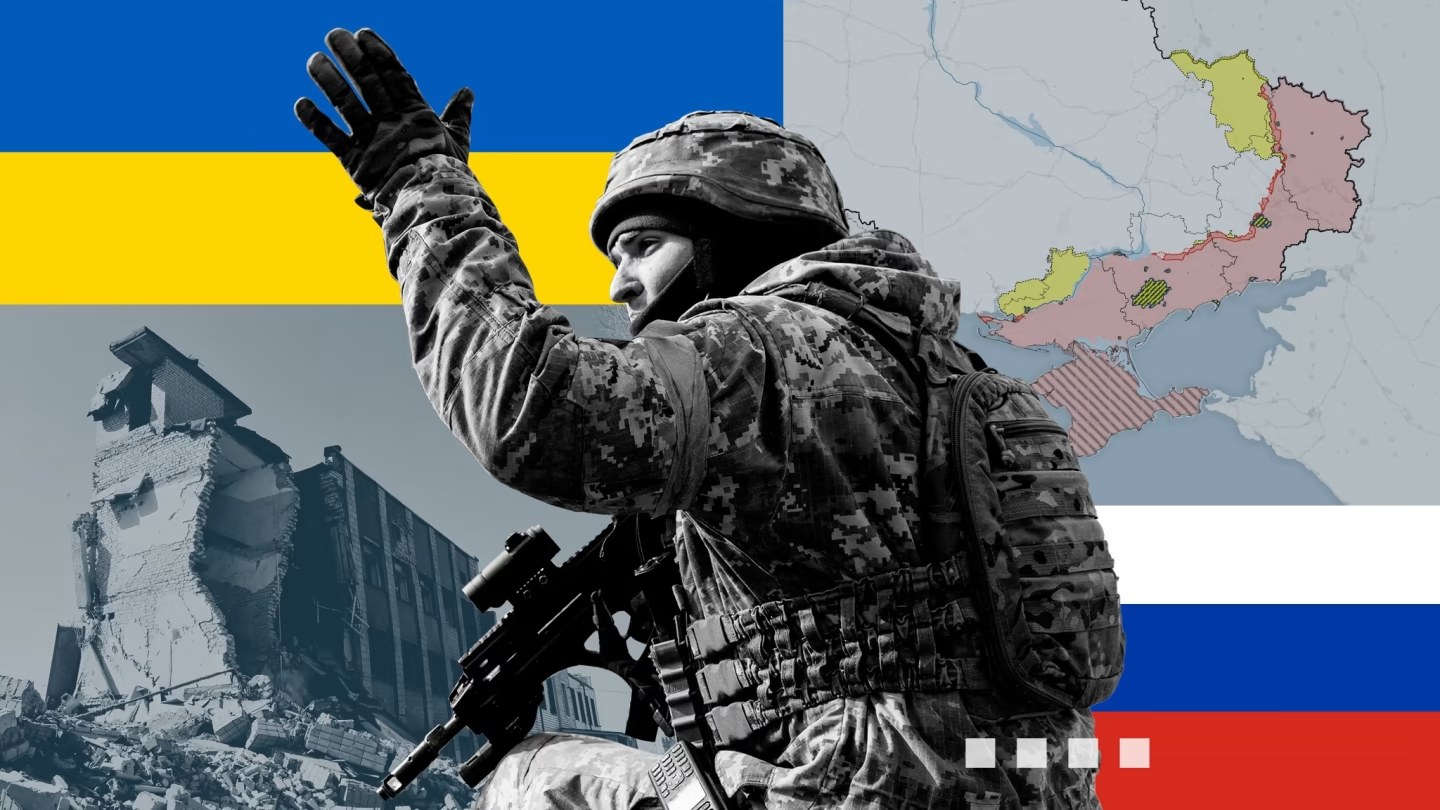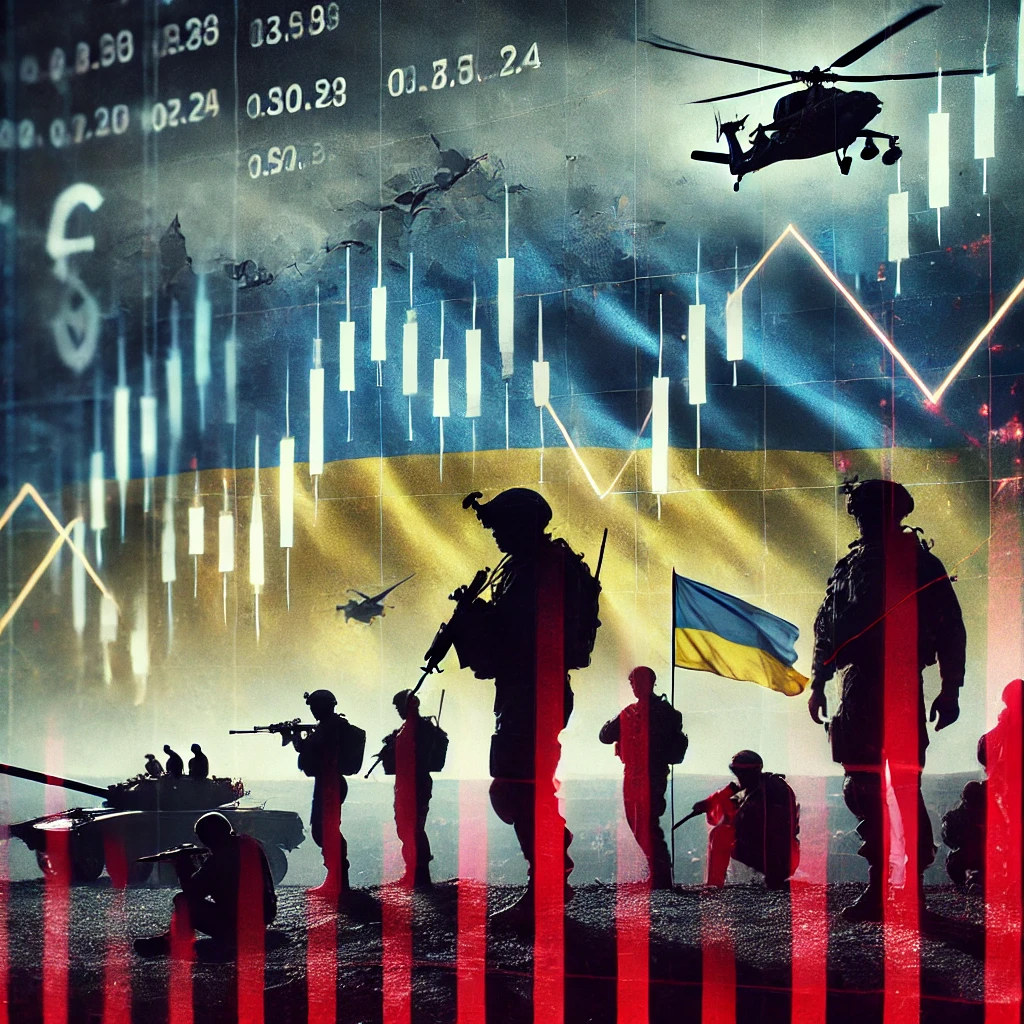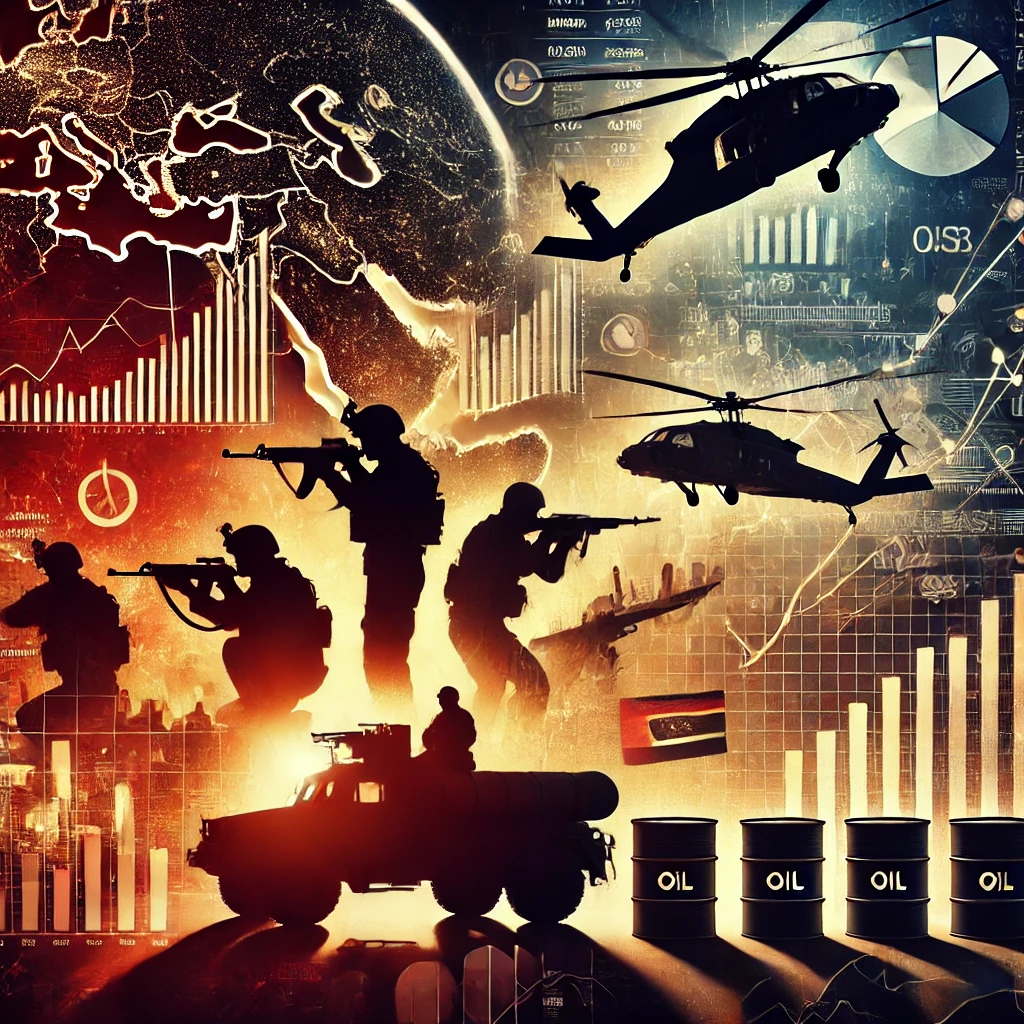Introduction
As the war in Ukraine grinds through its third year, the battlefield has turned into a war of attrition. Neither Ukraine nor Russia has achieved a decisive breakthrough, and what began as a full-scale invasion in 2022 is now a costly, drawn-out conflict with no clear end in sight. For Europe, the stakes go far beyond Ukraine’s borders. Billions in aid, military stockpiles, energy security, and political cohesion are all on the line. The key question facing European leaders in 2025: how long can the continent sustain this war?
The Frontline: A Costly Stalemate
The military situation remains largely static. After Ukraine’s counteroffensive in 2023 failed to break through Russian lines in the south, the war settled into positional fighting. Artillery duels, trench warfare, and drone strikes dominate a 1,000-kilometer front. Cities like Bakhmut and Avdiivka have changed hands multiple times, only to be reduced to ruins.
Russia continues to hold parts of eastern and southern Ukraine, while Ukraine holds out for more advanced Western weaponry and long-range systems. According to the Institute for the Study of War, both sides are losing thousands of troops annually, with Ukraine relying heavily on Western resupplies to maintain the fight.
Europe’s Financial Commitment
Europe’s role in sustaining Ukraine is unprecedented. According to the Kiel Institute’s Ukraine Support Tracker, EU institutions and member states have now committed more than €140 billion in aid, including military, financial, and humanitarian support. In 2024 alone, the EU pledged €50 billion under a multi-year Ukraine Facility fund.
Key contributors include:
- Germany: ~€28 billion total
- France: ~€15 billion
- Nordic & Baltic states: Among the highest contributors as % of GDP
Military production has been ramped up across the continent. The EU has implemented joint procurement programs to manufacture artillery shells, air defense systems, and armored vehicles. Yet shortages persist, especially for 155mm shells, as production capacity remains below battlefield demand.
The War Economy
Many European countries have shifted into a low-grade war economy. Defense spending across the EU hit record highs in 2024, with over €300 billion collectively spent on military modernization and support for Ukraine. Nations like Poland are now spending over 4% of GDP on defense.
Arms manufacturers like Rheinmetall have expanded operations, even eyeing unused auto factories to convert into military production sites. Rheinmetall CEO Armin Papperger recently stated, “An era of rearmament in Europe has begun. At Rheinmetall, it also brings us growth prospects for the coming years that we have never experienced before.”
Political Strain and Public Fatigue
Despite continued elite consensus on supporting Ukraine, political and public fatigue is growing. Far-right and far-left parties in countries like Germany, France, and Italy have called for reduced involvement. In Slovakia and Hungary, openly pro-Russian leaders have gained traction.
Polls across Europe show declining public enthusiasm:
- In Germany, only 44% now support continued arms deliveries (down from 60% in 2022)
- In France, support for long-term military aid has dropped to 51%
National elections across the continent in 2025 may further complicate aid packages. A divided European Parliament, with more anti-aid populists, could delay future funding rounds.
The Strategic Calculation
Europe’s leaders argue that the cost of stopping support would be far greater. A Russian victory could destabilize Eastern Europe, threaten NATO borders, and embolden other authoritarian states.
As Belgian Prime Minister Alexander De Croo stated after the 2025 EU summit: “We are not just helping Ukraine defend itself. We are defending our own security, stability, and values.”
Still, the path ahead is narrow. The EU is trying to balance the immense cost of war with domestic economic pressures, migration tensions, and green transition demands.
Conclusion
Ukraine’s war of attrition is as much Europe’s challenge as Kyiv’s. With the battlefield deadlocked and economic costs mounting, European unity and resilience are being tested like never before. The EU has committed politically, financially, and militarily to Ukraine’s defense, but the longer the war drags on, the more fragile that commitment may become. Europe’s ability to sustain this war may determine not only Ukraine’s future, but the future of European security itself.



